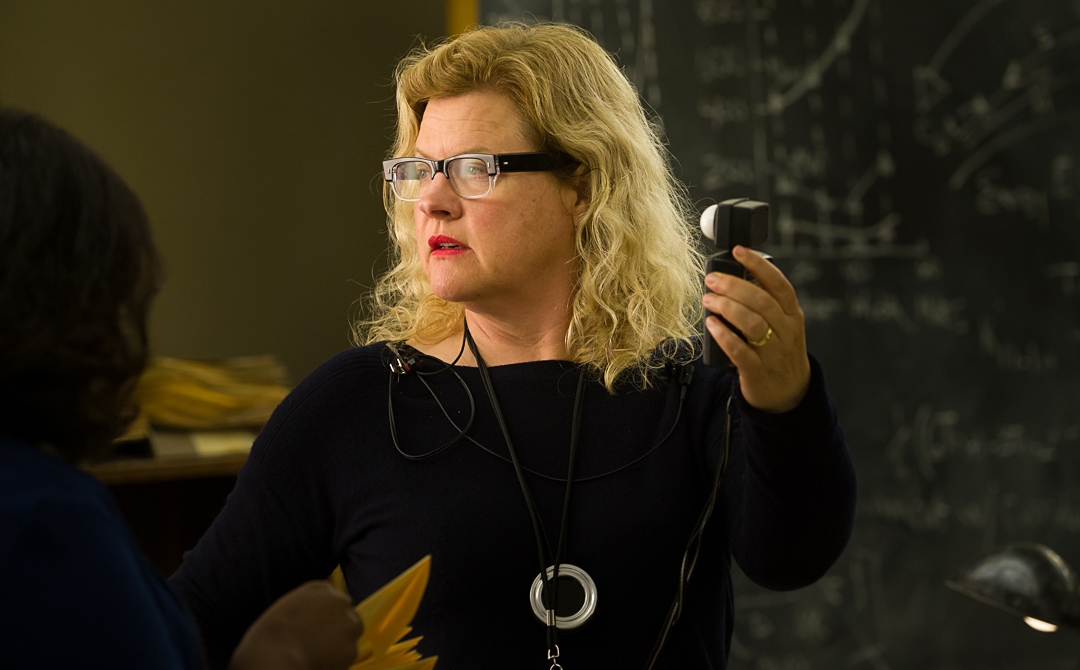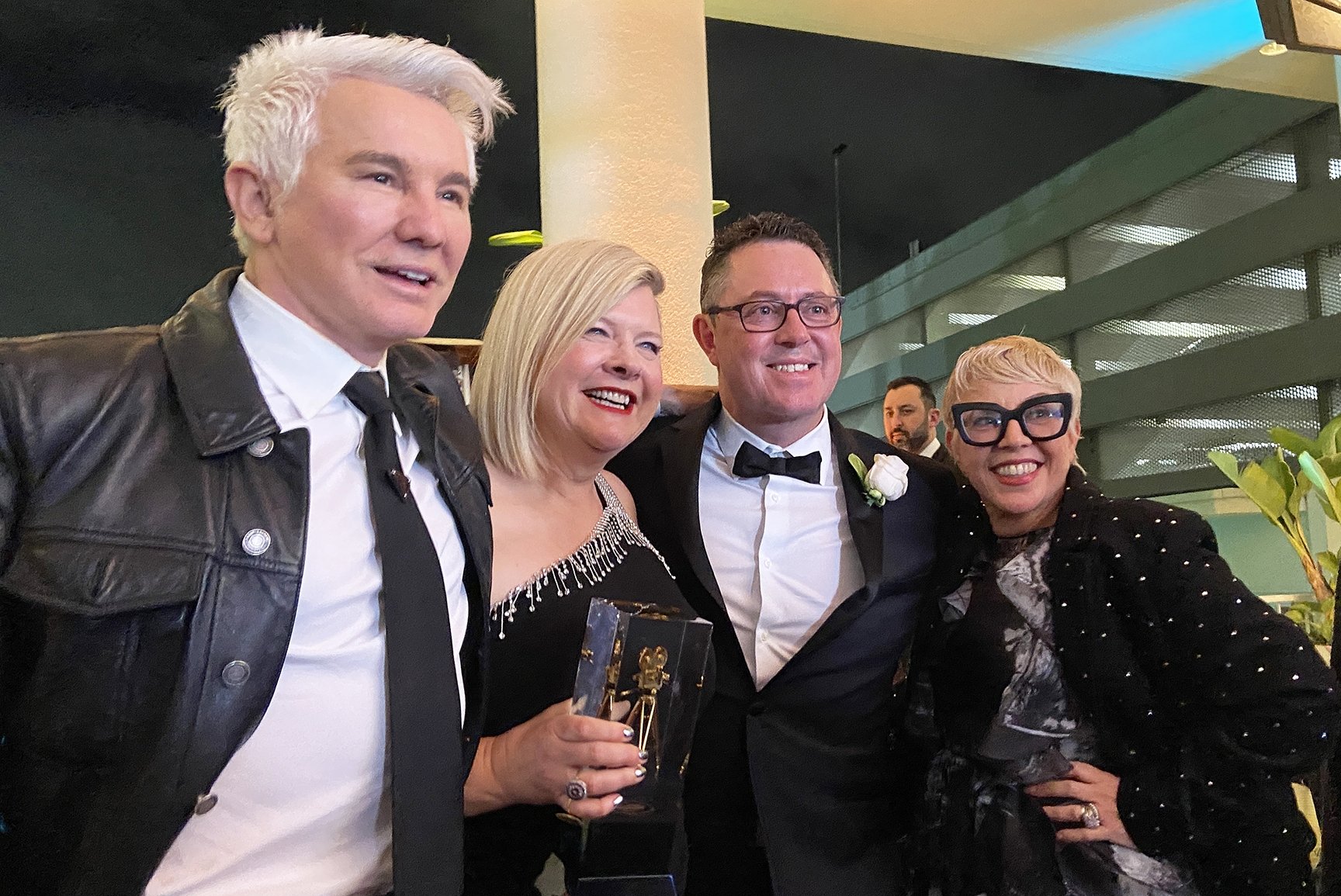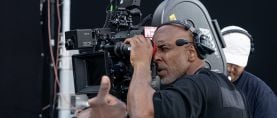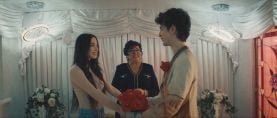
Walker on Full-Spectrum Success
“I always try to make sure that I'm working with someone that I'm simpatico with,” says Mandy Walker, ASC, ASC on collaborating with colorists.
This past year's FilmLight Color Awards — with winners announced at the recent EnergaCAMERIMAGE Film Festival — celebrated six colorists for outstanding work in features, television, commercials, and music videos. (Complete report here.)
Mandy Walker, ASC, ACS presided over the competition and served as jury president, the group including ASC members Robert Richardson and Erik Messerschmidt and Catherine Goldschmidt, BSC.
"Color is a universal language, and it has been our honor to celebrate the vivid brilliance of creatives from all over the world," Walker said.
Known for her camerawork on intimate dramas as well as large-scale blockbusters, Walker was the first woman to receive an ASC Outstanding Achievement in Cinematography Award, for Elvis
— for which she also earned her first Academy Award nomination, among many other honors.

Her next feature set for release is a live-action adaptation of the animated classic Snow White — a creative continuation with Disney Studios that began with her epic live-action version of Mulan.
Walker spoke with American Cinematographer about the FilmLight Color Awards and about how she collaborates with her colorists.
American Cinematographer: What was it like serving on this year’s jury, reaching a consensus with people who weren't necessarily cinematographers.
Mandy Walker, ASC, ASC: George Miller [2024 FilmLight Guest of Honor] and I talked a lot about how we as filmmakers relate to colorists. The jury members were from all over the world. We had colorists, directors, cinematographers, and technical producers as well. It was very interesting for me to get the points of view from people in different fields. Our discussions weren't particularly straightforward. Listening to why a colorist thought that something should be nominated or should win was an eye-opening experience for George and me. We're looking at the same piece from a different perspective. I thought that the debates were valuable on many levels.
What is your process for post-production?
When I first started shooting, I worked on film and followed the photochemical process all the way through to release prints. Every year our ability to manipulate the image, our options to be more creative, is improving. Working on a shoot today, I know there will be things I can do later in a DI that I used to have to hand over to VFX. That's better for me because you don't have to send work away and wait for it to come back. Also, with a DI you're working in a room with someone who's looking after the visual language of the whole movie. My relationship with VFX and the colorist starts really early in preproduction. It's important that we're all on the same page from the start. When I first started shooting, I often wouldn't see the visual effects until I was in the color timing suite. Now it's something that we're talking about really early on.
As a cinematographer, how do you ensure that you will have good experiences with colorists?
I always try to make sure that I'm working with someone that I'm simpatico with. Generally, there are two or three colorists I work with, and I touch base with them very early on. Back when everything was photochemical, that meant color timing the negative. You'd only get two or three passes at the lab, and sometimes it felt like you were locked into a decision the color timer made. That's why it's so important to start working with the colorist as early as you can. That's true for VFX and for all the department heads. The colorist and I start testing in pre-production, talking about LUTs, exploring the look we want on set. Let them know the visual language that the director and I have been working out with the other departments. Testing whatever we can: fabrics, paint colors, furniture, makeup, things like that. Try to get everyone on the same page with regard to language and intent. That means by the time we get to post, many of the potential problems or issues have already been solved. I try to arrange my schedule to be as present as possible. When we were in pre-production on Elvis, I was on the color sessions for Mulan on the weekends. Also, evenings in my office I could check the Mulan progress.
I've always tried to make sure that I'm part of that process. What's happening in the colorist room now is that they can do so much more. Every year our ability to manipulate the image, our options to be more creative, is improving. That frees me up on the set, because shots that used to go to VFX, we can handle in camera. I'll know that I can fix them later in the DI because I have so much more control.
What can you do now that you couldn't before?
I can fix little skin problems. I can change a specific color. I can brighten up or darken parts of the image. I can rotoscope and separate foreground and background in order to work on them separately. Before, we'd always need to use mattes from VFX. Now they're needed much less. Not always, there are limitations, but it's advanced so far beyond photochemical color timing, where you were limited to adjusting RGB and density overall, and without as much range as a DI.
Can you think of an example where a colorist helped during production?
On Mulan, we knew there was going to be a lot of red in the movie. I went in beforehand with [colorist] Natasha Leonnet, and we set a LUT where red was very prominent, but we could separate it from other colors. That way we could work with red without affecting skin tones and things like that. With Elvis, the person who did the dailies also did the final DI. I would go in every night after work to sit and look at the images together. We had been working on LUTs on set with Baz [Luhrmann], so we had a starting point. But working at night, we could balance the dailies, enhance or tweak a little bit. When we did the final, we didn't have a lot of work to do because we were already halfway there. I hadn't worked that way before.
Nadia Khairat Gomez, who won the FilmLight Award for music video for grading Brodka x Igo, Myślę sobie Ż, brought up in her acceptance that she was the only woman competing.
I feel that this year, there are a lot more women and underrepresented groups in the nominations. They are still a small percentage of the people working in cinematography and post-production in creative roles. It's up to us to effect change. I'm trying to support underrepresented people in cinematography by mentoring and teaching and helping people get started. I feel I can best help by offering them opportunities. For example, once during Elvis I looked to social media as a new avenue for finding candidates. I recently needed a B-camera operator. I looked at the Instagram account of a camera assistant I had worked with in the past and saw someone with a great eye for composition. We ended up working together.






